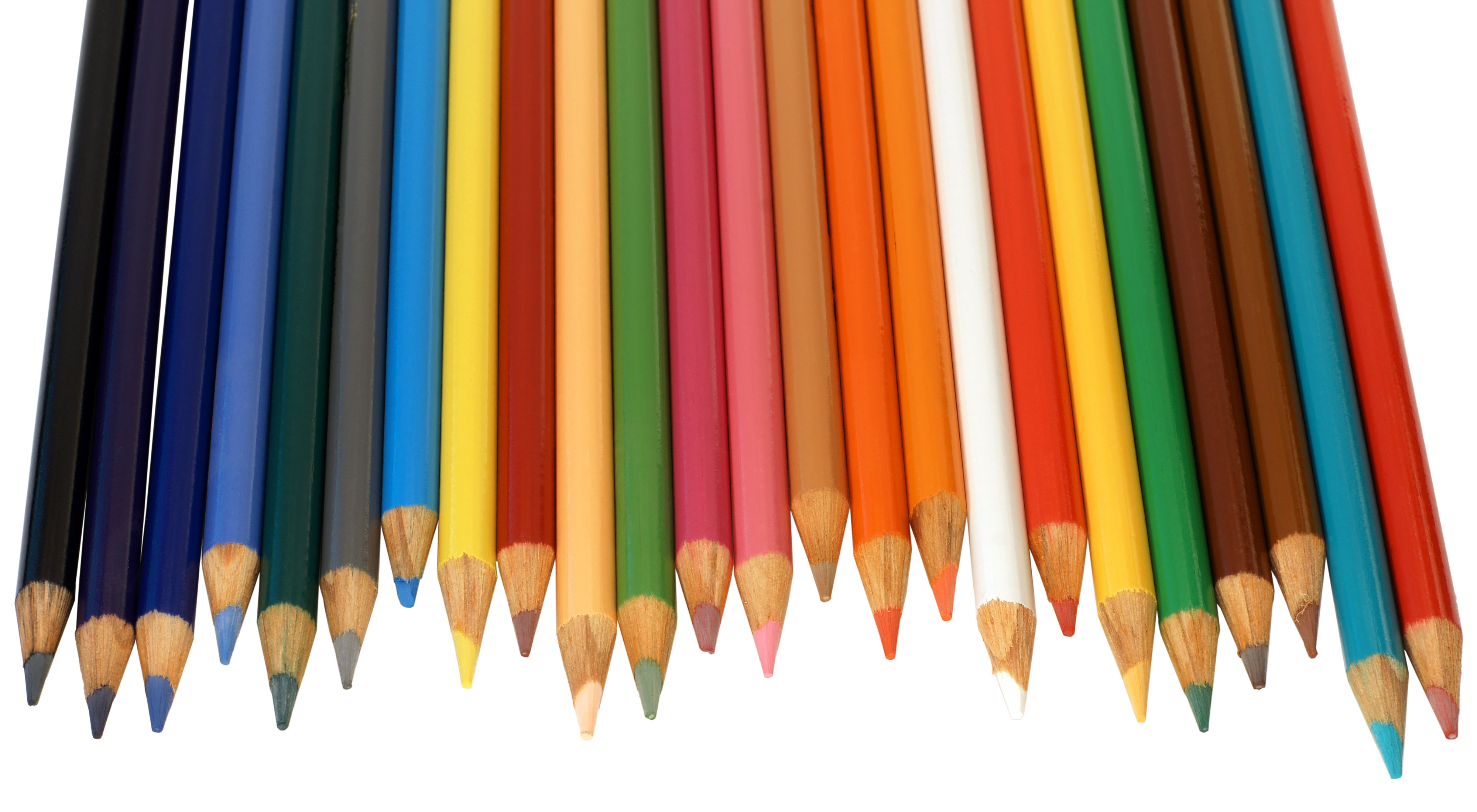"Do the best you can until you know better. Then, when you know better, do better." Maya Angelou
October 2, 2015
Today, 600+ Kindergarten - Grade 4 Cranston
School students, sang, danced and ran with unbridled enthusiasm in the
annual Terry Fox Run – like so many other students across Canada. Part of the fabric of being a Canadian school
and of our Canadian heritage, one might say. At Cranston School, the annual Terry Fox Run is also proudly part of
the fabric of Peace Education. In fact, EVERYTHING we do is connected to Peace
Education.
Today, a parent commented to me about our school wings being named ‘Peace,
Hope and Harmony’. “When we first came
here," she said, "I thought that was such a trite
thing to do. But now I get it – the names mean something to the children.” Our students live and work every day in
Peace, Hope and Harmony – EVERYTHING we do is connected to Peace Education.
So much is written about bullying, lack of empathy, apathy amongst children. Adults wonder whether it is exposure to television programming, too much 'screen time' on technology, lack of engagement in sports, religion, the community - why is there so much bullying and hurtfulness in schools? Millions of dollars - possibly billions - are spent each year on anti-bullying programs, self-esteem projects, websites and videos to promote strategies for improving relationships in school. From my perspective and experience, there is one simple way to interrupt this negativity - ensure peace education is a part of all we do and say in schools.
Peace Education is not a program but a way of living on the
landscape at Cranston School. We do not have an anti-bullying program, for example, but when an incident of bullying happens, we build awareness with the students around why these behaviours hurt others and find ways to ‘make it better’. The beginning of the resolution of every incident begins with
the questions “How does this help build a peaceful community? What do you need
to do differently next time? Why? What does that look and sound like?” with the students involved. Simply and consistently, these questions change the way our students treat each other and the world - with the result that we have remarkably few negative incidents. Our students live and breathe concepts of peace every day in every way.
Each school year, Peace Education looks a little different than it
did the year before as teachers and students respond to the world. This year it
includes the 'Student Vote' initiative, while last year students were focused on the ‘Right to Play’ initiative. Every year includes experiences with the Roots of Empathy program, ‘peace’ literature, Pinwheels for Peace on September 21 - International Peace Day, student art sales that support the Darajani Primary School in Tanga, Tanzania, helping
families across the city with our seasonal 'Families Helping Families' project, learning to play cooperatively across the age groups on our school grounds, and other project small and
large that make a difference in the way our student see and live in the world. There are no rules – just teachers, students and
parents committed to making the world a better place. For example, this year we are piloting the introduction of a 'Puppy Pals Reading Program' where students can have the opportunity to read with a canine pal as a way of coping with some of life's most challenging childhood stresses. A new program researched, proposed and organized by one of our teachers that acknowledges not all of us have to encounter the world in the same way to be accepted and successful.
I've been committed to Peace Education in the schools where I've been Principal for twelve years and have been amazed at how this simple commitment to teaching what peace means, looks like and sounds like can change the culture of a school and of a community. There are no rules to follow and the programs and ideas we decide to support or offer come from suggestions within the school community. It is such a simple way to change thinking - put peace on the table whenever possible and students will find a way to make it happen. Perhaps even more importantly, they will take these simple lessons with them into their futures and continue to shape a caring, kind and accepting society for Canada - similar to the impact a young Terry Fox once had upon our country. And what more could anyone ask of Canadian schools and students?
Lorraine Kinsman, Principal
Cranston School

No comments:
Post a Comment